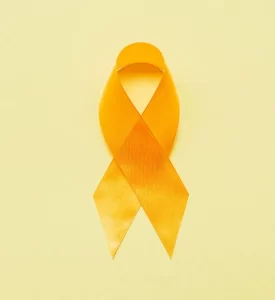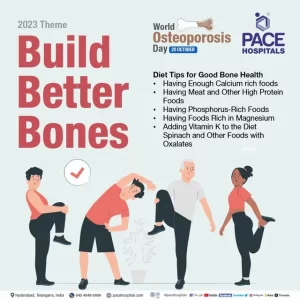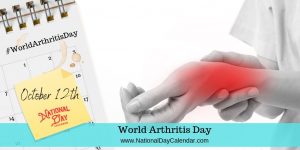
This day serves as a reminder that suicide is a major public health concern and that everyone has a role to play in preventing it.
History of World Suicide Prevention Day
World Suicide Prevention Day was first observed in 2003, as an initiative of the International Association for Suicide Prevention (IASP) in collaboration with the World Health Organization (WHO).
The day was established to promote global commitment and action to prevent suicides. Since then, World Suicide Prevention Day has been observed annually on September 10th, with various events, campaigns, and activities taking place in countries around the world.
Warning Signs and Risk Factors
Recognizing warning signs and risk factors is crucial in preventing suicide. Some common warning signs include talking about death or suicide, expressing feelings of hopelessness or unbearable pain, withdrawing from friends and activities, and displaying extreme mood swings.
Risk factors for suicide include mental health disorders (such as depression, anxiety, or substance abuse), a history of trauma or abuse, chronic illness or pain, and previous suicide attempts. It is essential to take these signs seriously and reach out to offer support and connect individuals with professional help when needed.
Source: Text & Image: https://www.journee-mondiale.com/en/day/world-suicide-prevention-day/
 Elle fait écho à la célébration du Jeudi-Saint qui a pris place récemment durant la Semaine Sainte.
Elle fait écho à la célébration du Jeudi-Saint qui a pris place récemment durant la Semaine Sainte. Ce même texte de la Séquence (chant/réponse à la 2è lecture) nous dit que ce pain est:
Ce même texte de la Séquence (chant/réponse à la 2è lecture) nous dit que ce pain est:
 At such times, some of us may envy the people who lived in Jesus’ time.
At such times, some of us may envy the people who lived in Jesus’ time.
 The text of today’s 1st reading could perhaps provoke the same reaction from many people (Isaiah 25:6-10).
The text of today’s 1st reading could perhaps provoke the same reaction from many people (Isaiah 25:6-10). On October 12th of each year, World Arthritis Day spreads awareness about the most prevalent disease in the world. This awareness day highlights the need for early diagnosis and treatment.
On October 12th of each year, World Arthritis Day spreads awareness about the most prevalent disease in the world. This awareness day highlights the need for early diagnosis and treatment.
 “The Lord is faithful.”
“The Lord is faithful.”
 Un conseil bien vite changé en injonction par Jésus : « Donnez-leur vous-mêmes à manger. »
Un conseil bien vite changé en injonction par Jésus : « Donnez-leur vous-mêmes à manger. »
 International Overdose Awareness Day is a global campaign that works towards preventing overdose, reducing the stigma associated with it, and providing support to families and loved ones of overdose victims. The unofficial awareness day is observed every year on August 31.
International Overdose Awareness Day is a global campaign that works towards preventing overdose, reducing the stigma associated with it, and providing support to families and loved ones of overdose victims. The unofficial awareness day is observed every year on August 31.